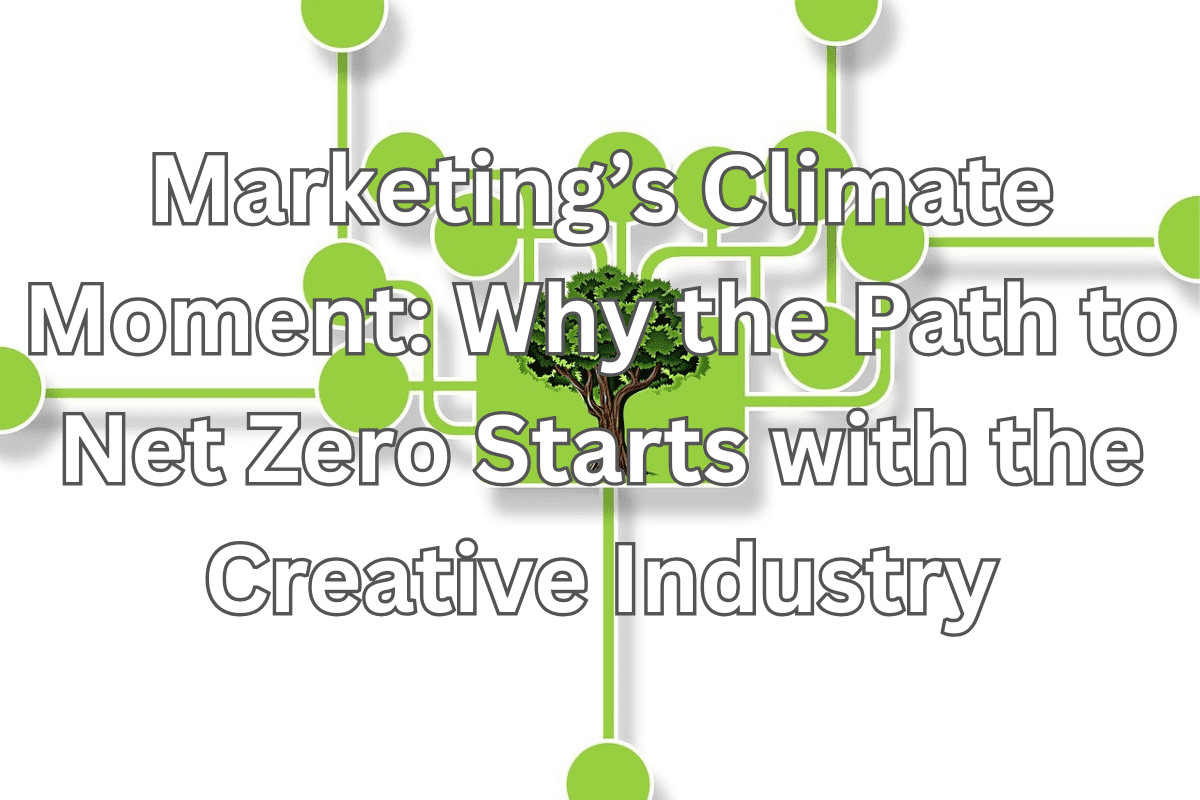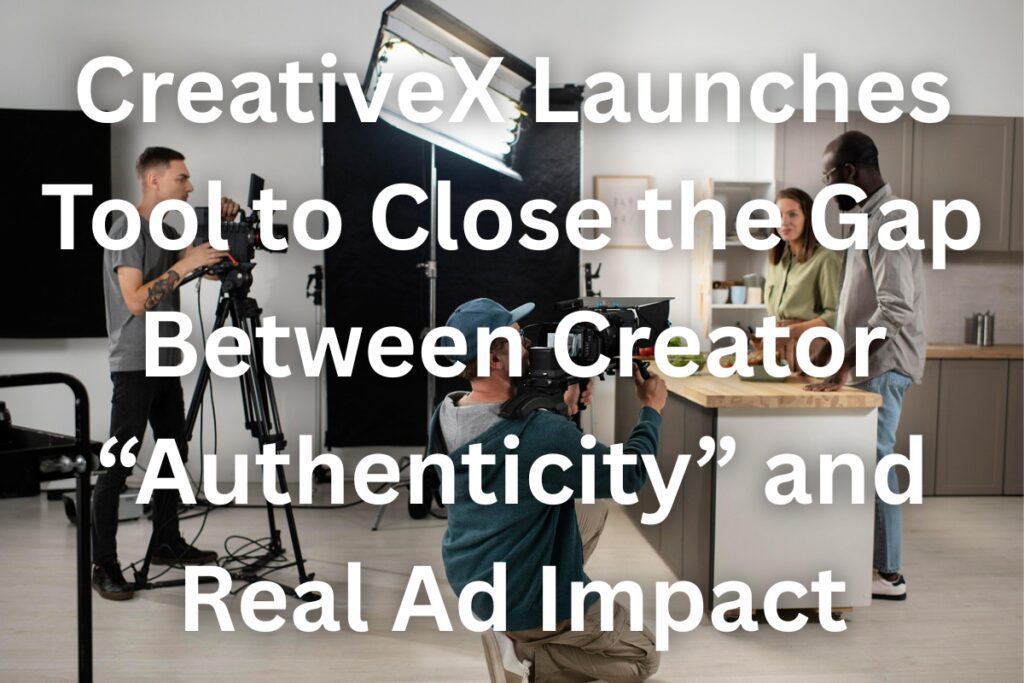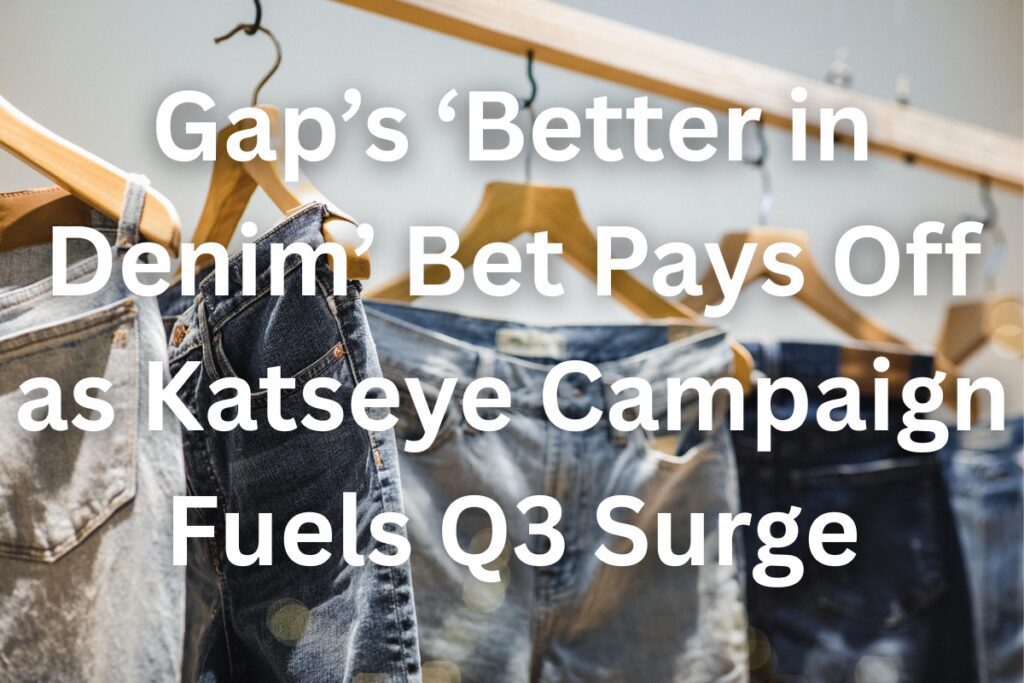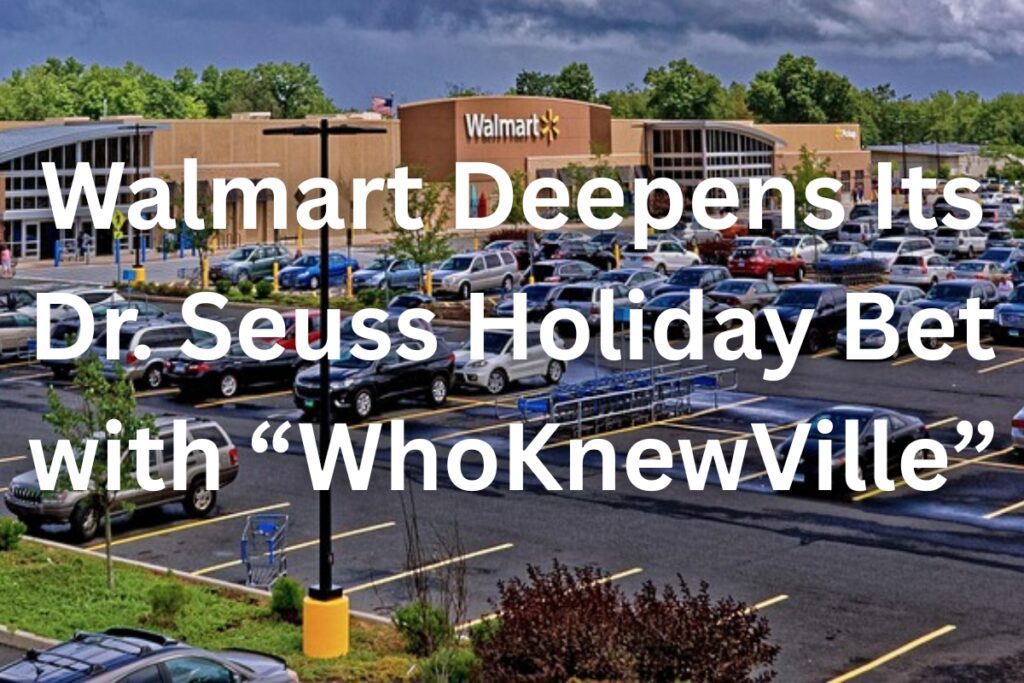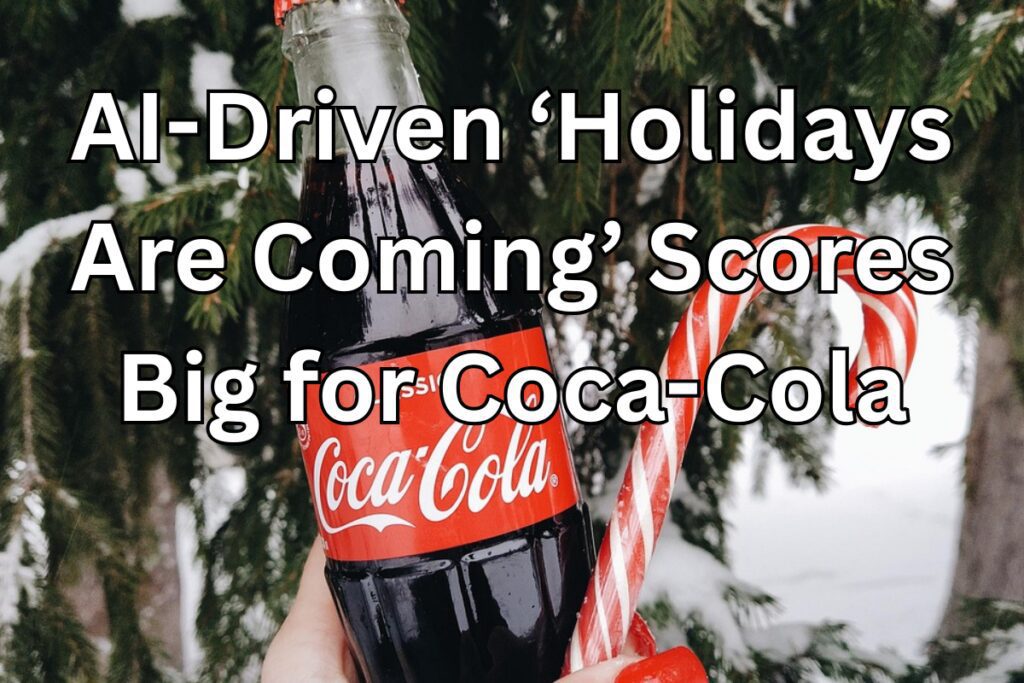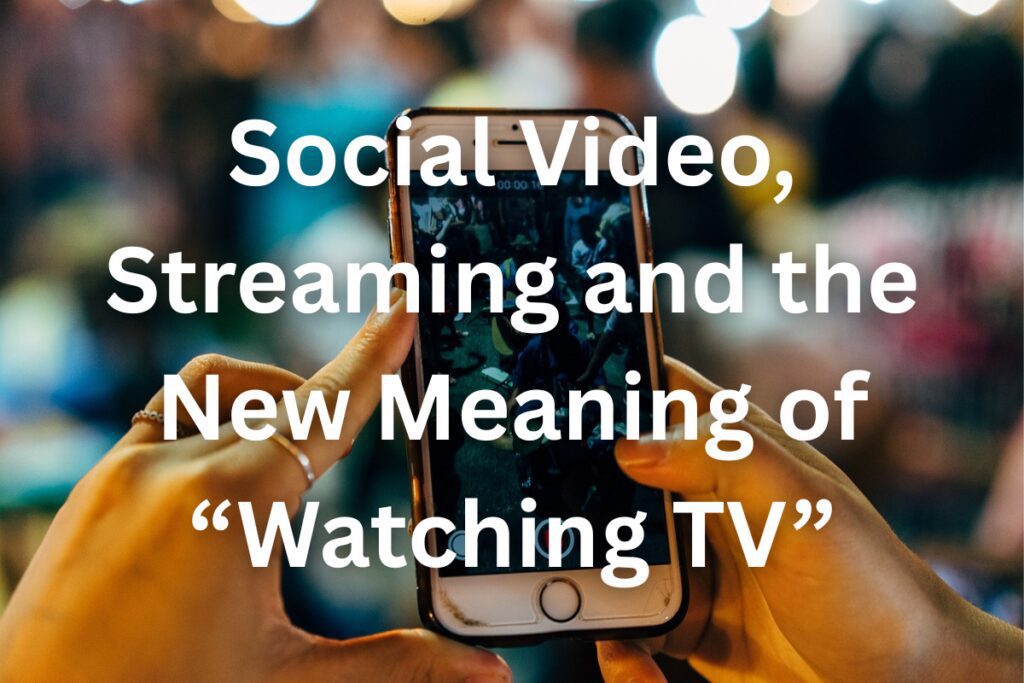Marketing has long been the engine of momentum – driving perception, shaping behaviour, and fuelling growth.
But now, the industry stands on the edge of its most defining opportunity in decades: to lead the charge on climate action, delivering not only a better future for the planet but real, measurable business value.
That’s the message from the CEO and co-founder of 51toCarbonZero, who argues that sustainability is no longer a fringe concern or a far-off ambition. It’s a strategic priority for brands, for consumers, for investors – and for the very people who shape public opinion every day: marketers.
The Disconnect Between Belief and Action
New research from 51toCarbonZero reveals that a staggering 98% of senior marketers believe sustainability is crucial for winning over consumers. Yet the reality behind the scenes tells a different story.
Nearly 40% of marketers admit their own emissions aren’t integrated into their company’s broader climate strategy. And almost half acknowledge that the rise of generative AI (GenAI) is complicating sustainability efforts.
But this tension, rather than being a weakness, is an opening. The CEO explained that this isn’t a problem to shy away from, instead it’s a powerful opportunity to align creativity, commercial performance, and climate responsibility.
Reframing Sustainability: From Obligation to Advantage
One of the biggest shifts required is in mindset. Sustainability shouldn’t be seen through the narrow lens of compliance or corporate responsibility. Instead, it should be reframed as a platform for innovation, differentiation, and long-term brand value.
This isn’t about box-ticking, it’s about brand-building. And the market is catching up.
Sustainability is already influencing procurement decisions, campaign strategies, and consumer expectations. The brands that embrace this now aren’t just preparing for the future – they’re shaping it.
Climate Action: Not 2050 – Today
If sustainability is going to become part of the marketing playbook, it needs to be viewed not as a distant goal, but an immediate opportunity. We need to stop seeing climate action as a crisis and start seeing it as a catalyst.
One area marketers can no longer ignore is the environmental impact of GenAI. These tools, now central to content creation and automation, come with their own carbon footprint. But smarter usage – such as deploying smaller, energy-efficient AI models and streamlining creative workflows – can significantly reduce emissions.
In fact, GenAI itself can be part of the solution. It can help optimise ad placements, refine media spend, and eliminate wasteful content duplication – all while reducing the burden on cloud infrastructure.
What marketers need most is visibility. Understanding the impact of their tools and partners is key to making informed, sustainable decisions.
Real-World Impact: The Tappx Example
One standout case is Tappx, a programmatic ad-tech company working with 51toCarbonZero.
Over the past three years, Tappx has made consistent progress in tracking and improving its carbon footprint. In 2024, it delivered its most detailed report yet, mapping 100% of emissions to Scope 3 – an impressive feat in digital operations.
The result? Emissions from cloud servers, traditionally one of the most energy-intensive components, have dropped by over 19% year-on-year, and more than 32% since 2022. This success is driven by smarter infrastructure, improved hosting, and a commitment to transparency.
With a public pledge to hit net zero by 2030, Tappx is demonstrating that steady progress, clear intent, and accurate data are all it takes to lead in the next phase of digital marketing.
A Shift in the Industry Landscape
This transformation isn’t happening in isolation. According to 51toCarbonZero’s recent survey, two-thirds of marketers now prioritise carbon credentials when choosing agencies and vendors, with more than half describing them as extremely important.
In an industry built on relationships, that’s a seismic shift. RFPs, pitches, and partner evaluations are now weighing environmental impact alongside performance. Agencies that can prove their sustainability credentials – backed by hard data – are gaining a competitive edge.
And that ripple effect is nudging the entire sector forward. Every decision marketers make sends a signal, and if anyone knows how to turn signals into stories, it’s them.
The Marketer’s Role in a Net-Zero World
So, where does this leave the modern marketer?
At the centre. Marketing teams are uniquely placed to drive awareness, shape behaviour, and amplify change. And that influence starts internally – choosing platforms, partners, and processes that align with sustainable values.
From campaign planning to reporting frameworks, each action contributes to a larger, more resilient ecosystem.
Crucially, this isn’t just a win for the planet. It’s a win for business. Sustainable brands attract more loyal customers, more aligned partnerships, and more driven talent. They’re faster to adapt. They’re stronger in uncertain markets. And they lead with conviction.
Conclusion: A Moment to Lead
Marketing has always thrived on momentum. On anticipating the next shift, embracing it with creativity, and turning insight into action.
Now, the shift is here. The climate challenge is real – and so is the opportunity.
Net zero isn’t just a future milestone. It’s a present mindset. One that will shape the brands, agencies, and campaigns of tomorrow.
The most powerful thing marketers can do right now? Start.

